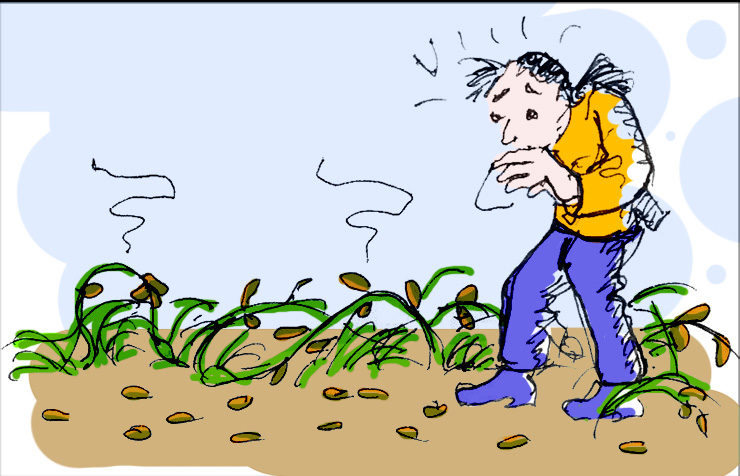Read by Matilda Longbottom

As a Brooklyn Jewish writer, I had never had a garden—until I got a chance to house-sit in rural Washington. The house had a just-planted garden that needed tending. Delighted, I read everything I could about gardening and worked in it every day.
I’d always hated canned peas, but the fresh ones soon became my favorite vegetable. I watered each plant meticulously, gave them manure tea once a week, talked and sang to them, and thanked them daily. They were my pride and joy.
Then one day I noticed that the leaves were looking a bit yellowish-brown and brittle. I gave them more water. I fed them more. I talked to them more. Nothing helped. They got worse and worse. They were dying!
I went to a neighbor’s house a few miles away to ask Ruth, a Master Gardener, for help. By the time I got to her house, I was in tears: I confessed that I had killed my peas. I was a murderer!
We drove back to my house. Ruth looked at my peas and then at me—and tried not to laugh. She sat me down and very kindly told me that peas have a life cycle and were just dying back for the season. I had gotten a good crop and now they were dying.
My relief overshadowed my embarrassment. It even made it easier for me to ask more questions. Later that season I asked Ruth why my beautiful, healthy-looking Brussels sprout plants didn’t have any sprouts. She made me look under the leaves. Oops! I had a ton! ❖


 Previous
Previous


